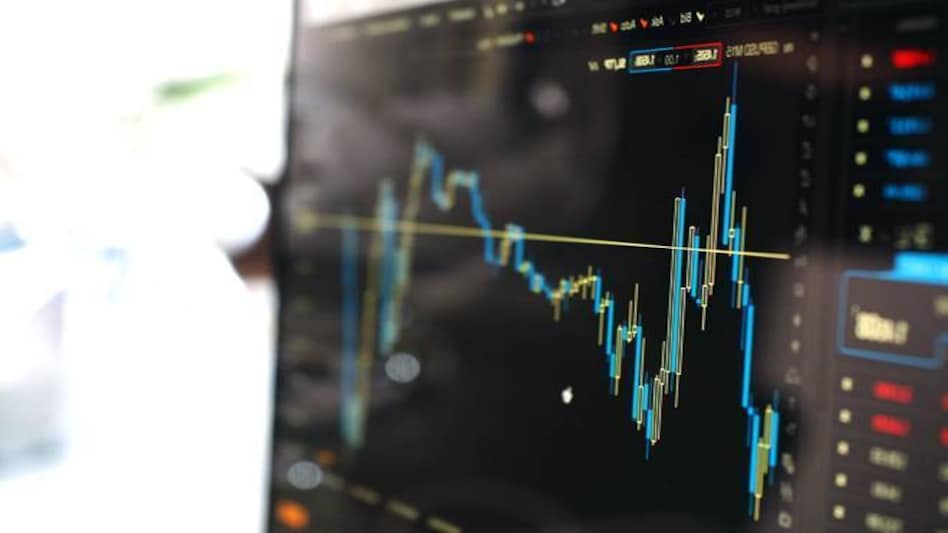 Representative Image
Representative Image  Representative Image
Representative Image The benchmark Sensex rallied over 1,000 points on Tuesday after crashing over 1,500 points in the past two sessions. However, today's rally doesn't pare severe losses that the benchmark index logged due to the spread of COVID-19 and the resultant fear of global recession. Data since 1998 reveals that the 30-share index recorded its biggest quarterly fall of 28.7 per cent in the just concluded Jan-March quarter. The severity may differ, but the benchmark index has shed its value eight times over the last two decades in the fourth quarter of any fiscal. Also, only in two financial years, FY06 and FY15, the index returned positive in all the four quarters.
The outcomes are not that severe if the full fiscal growth is taken into account. Consider this: For the financial year FY20, the Sensex was down nearly 24 per cent, posting its worst performance in over a decade. However, over the last 23 years, the mother of all crashes is still FY09, the period during global financial crisis when the index plummeted around 38 per cent
Fear of coronavirus-led global recession led to a massive exodus of Rs 44,405 crore by foreign portfolio investors (FPIs) in almost 56 quarters. The FPI sell-off in March is the highest-ever monthly outflow since 2015. On the other hand, domestic mutual funds invested over Rs 36,000 crore in the fourth quarter of FY20. Of which, 67 per cent came alone in March (as on March 27). Domestic institutional investors have been clinging to markets since long and have been net buyers for the past 24 quarters.
Also Read: Coronavirus fear keeps grocery shelves empty as labour, supply fall short
Also Read:PM CARES Fund better suited to deal with coronavirus crisis, say legal experts
Copyright©2025 Living Media India Limited. For reprint rights: Syndications Today